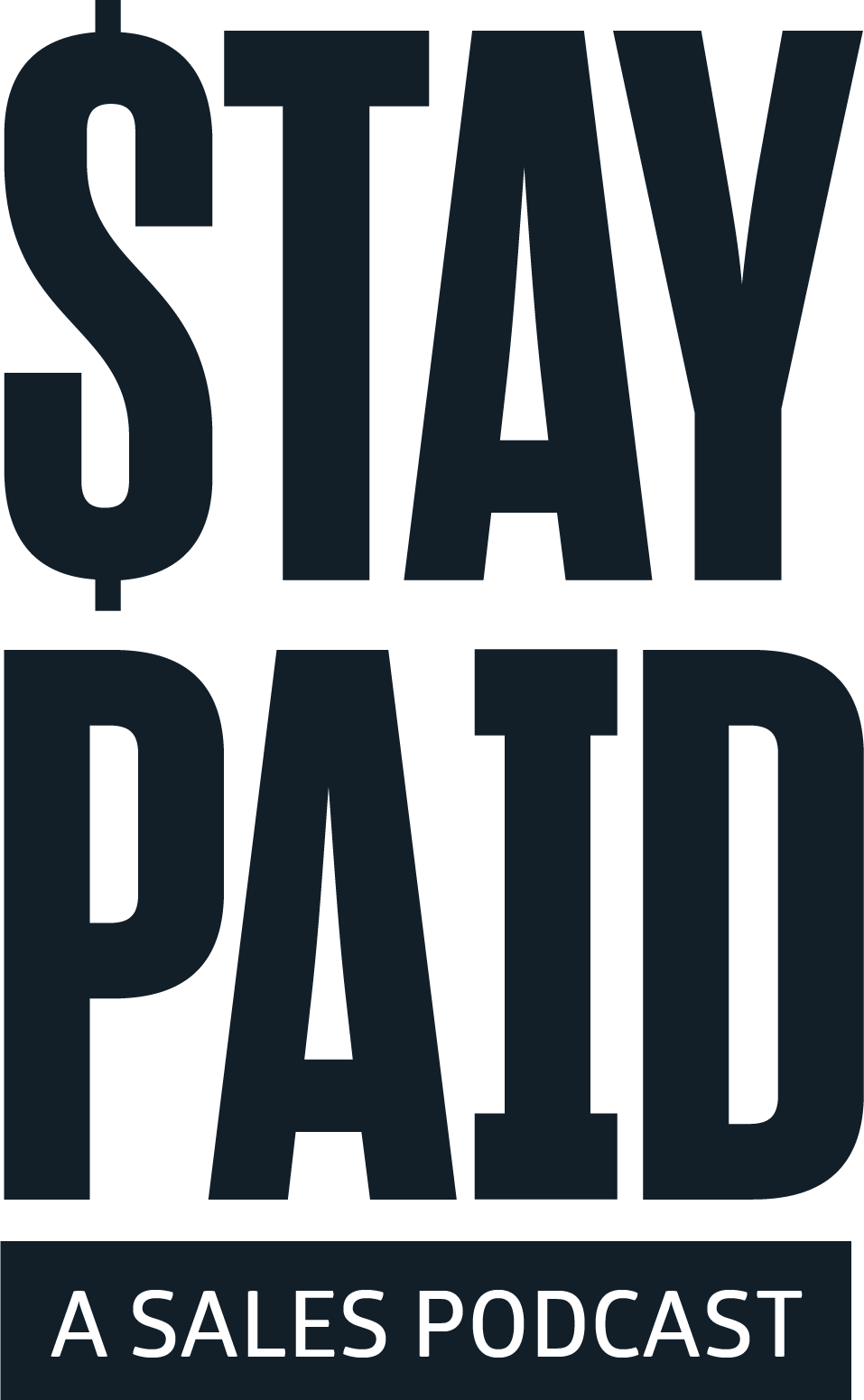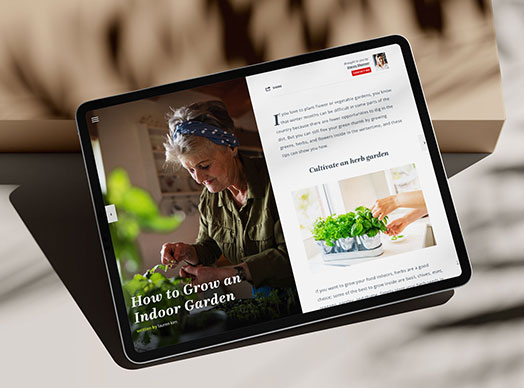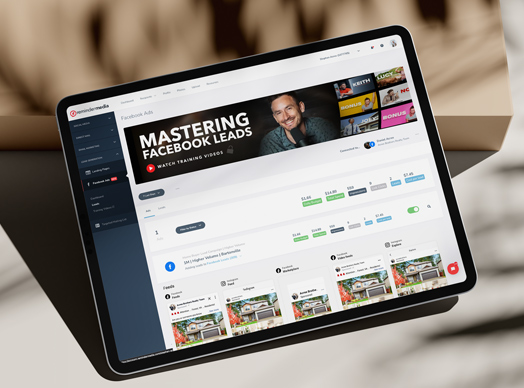Marketing for financial advisors is much like marketing for providers of other professional services.
You need to ensure you direct your marketing toward a well-defined audience. Your marketing should tell a compelling story. It must offer your audience something of value. And best practices require it include a call to action.
But unlike marketing for some other service providers, marketing strategies for financial advisors also need to be sensitive to the seasonality of the business. The first quarter of a year leading up to Tax Day and peaking in March is typically busier than other times of the year. You may be so busy that you wonder if you should continue to market your services during the busy season and, if so, how?
Well, the answer to the first question is yes—you should always be marketing your services and looking for new leads. If your pipeline slows down, so inevitably does your revenue stream.
As for the second question, this blog offers several of the best marketing ideas for financial advisors to use leading up to, during, and beyond the busy season.
Email marketing ideas
Before I get into specific content ideas, there are a few email best practices worth revisiting. There are more than the guidelines below—such as making your emails easier to read by using headlines, bullets, and white space—but I consider these 4 to be priorities:
- Make sure you have their permission to email them. Always include an option to unsubscribe. Those who remain on your list are more likely to open what you send to them. Additionally, a higher open rate will keep your IP address in good standing with the various email service providers.
- Segment your email list. Technically speaking, you should never have just one list. There are dozens of ways that you can divide your list—income level, by product or service, how actively involved they are in the management of their funds, years to retirement, client or prospect, etc. Whatever rubric you use, be sure that you are sending the right information to the right people. There is no point to sending an email to someone who won’t derive value from its content.
- Put effort into your subject line. If your subject line isn’t sufficiently enticing, then recipients won’t be inclined to read what you send. Be clear, not clever. Shorter is better than longer. Pick the most interesting point in your email and see if you can work that into your subject line.
- ALWAYS include a call to action. Now that your intended list has read your email, what are they supposed to do? Do they need to respond? Do they need to keep your email with other important communications? Do they need to take any action at all? Whatever it is you want them to do, tell them in your call to action (CTA).
As for what type of content to send in the weeks leading up to tax season, I recommend 3 types:
1. Appointment invitations and reminders
Before they sit down with their accountant, invite your leads and clients to have a conversation with you—a conversation that they will view as valuable.
For leads, formulate your invitation to explain the benefits of having a full picture of their finances prior to preparing their taxes. Including a free review of their current financial plan with a promise to see if you can do better just may be the incentive they need to reply.
An end-of-year review of your clients’ portfolios is another perfect precursor to a meeting with their CPAs. While you’re not a tax professional, you can give them a heads up about the possible impact gains, losses, and transfers may have on their income tax returns. You might also suggest that they review their plan and any significant purchases or sales for the upcoming year with their accountant so that they can plan how to best reduce the subsequent year’s tax burden.
2. Educational content
It’s not too late to kick around a few new year email campaign ideas since sending your clients information relevant to the first quarter of the year can still be especially valuable.
If you aren’t collaborating with your clients’ CPAs directly, then consider sending your clients a list of planning decisions that should be considered, reviewed, or possibly delayed depending on what their returns show.
Items like their taxable income, marginal and effective tax rates, whether they are subject to the alternative minimum tax, whether they take the standard deduction or itemized, how much of their social security income is taxed, required minimum distributions (RMDs), and their projected estate taxes can affect a wide range of financial planning decisions and what might be best for them in the upcoming year.
I recommend a list and not a lengthy email full of details. Simply make your clients aware of the possible implications their taxes may have on the management of their assets in the coming year. After that, include a CTA in your email. You might ask them to schedule an appointment with you to discuss their personal financial plan, visit a landing page that offers a free ebook about the subject, or click to watch a video embedded on your website or loaded to YouTube.
3. Entertaining content
Not everything you send your sphere needs to be about planning and managing their portfolios. This is especially true if you want to build and nurture relationships with your clients. Think about what you share with your friends over email and, while staying professional, consider sending the same type of items to your sphere: memes, helpful articles, entertaining photos, recipes, and news that catches them up.
We often recommend our clients send a newsletter to their sphere. The key is to send it consistently and regularly. You can find all you need to know about creating an email newsletter here. (Don’t let the title throw you off—the advice is as applicable to financial advisors as it is to real estate agents.)
If you don’t want to spend your time creating a newsletter, we offer a Local Events Newsletter. It’s an email newsletter that checks all the boxes—it’s a fully automated, biweekly newsletter of local and virtual events that we hand-curate for quality and personally brand to you and your business. Something this unique is a fantastic way to save yourself time, stay top of mind, and stand out from the monotony of emails that simply invite people to hit Delete.
Video marketing ideas
What makes video such an exceptionally effective communication channel is its ability to combine audio, visual, and text (with the addition of captions) into one message.
Having people consume a message using 3 of their 5 senses increases their understanding and memory of the information, which makes videos perfect for explaining the many complicated ideas associated with financial planning and investing. What’s more, videos can be loaded to YouTube, embedded on your website, or sent in an email. They also make consuming content on a mobile device much easier.
4. Videos that build your brand
There’s nothing like a balance due to Uncle Sam to get someone thinking about whether they’ll still be able to retire in 10 years, which is one reason why tax season may be one of the best times of the year to use video to increase your brand’s exposure.
Videos make for very effective branding content because people like to do business with those they know, like, and trust. Video puts a real person in front of viewers, which adds elements like gestures, facial expressions, and vocal qualities. Combine the best of those features with a solidly written script, and you have a richer, more persuasive message where the qualities of the speaker are identified with the qualities of the brand.
The best branding videos highlight your company’s values, explain your services, and offer your unique value proposition in a way that distinguishes you from other financial advisors. Be sure that the content and style of your video reflect your organization’s culture—professional, friendly, courteous, or something else.
5. Videos that boost your credibility
A consistent supply of regularly published videos that offer useful information will do wonders for your credibility.
- Remember the email from the previous section where you listed tax items that might affect your clients’ future planning? Well, now is the opportunity to create a video that explains those implications clearly and concisely to Joe and Jane Taxpayer.
- You can produce a series of videos where each video answers a frequently asked question, such as what’s the difference between a financial advisor and a CPA? Should you convert your nontaxable IRA to a Roth IRA? What does it mean to be a fiduciary? How do financial advisors make money?
- Another idea to enhance your credibility is to interview an industry expert about a topic of interest to your clients and not just to your expert. That you have access to, are speaking with, and are otherwise in proximity to an expert lends credibility to your own standing. You can just as easily interview a peer—ask smart questions and let them provide useful answers.
Social media marketing ideas
So many professionals, financial advisors included, forget that social media is supposed to be social. So while you can post videos, links to your website, and share PDFs of FAQs, one of the most beneficial ways to use social media is to build and nurture relationships with your clients by sharing content that has nothing to do with the office.
And, while it should go without saying, make sure you connect with and follow all of your leads and clients on all your social media platforms. If for no other reason, you’ll learn more about the people in your database so that you can have more authentic and helpful conversations with them when it comes time to talk about their financial futures.
6. Share your personal life
I’m not suggesting that you need to be an open book, but sharing a bit of your personal life encourages visitors to your page to see you as more than a financial advisor and, consequently, as someone they can probably relate to.
Post notes, images, and videos of family, friends, and pets. Share your hobby. Talk about a personal goal and post updates about how you’re doing. Errands around town, a cranky kid, trips to the coffee shop, preparing or going out to dinner, celebrations—these are all examples of everyday living that even HNWIs can identify with.
7. Go live
All the major social media platforms—Facebook, Instagram, Twitter, LinkedIn—offer you the ability to stream live. You can use their live features spontaneously, or you can plan an event and advertise it prior to the date. People who follow you and have their notifications properly set will receive an alert when you are live, so they can quickly join and participate.
Why “risk” going live?
Well, live video is authentic. Every blooper proves you’re human, and everyone knows what it’s like to make a mistake. Perfection is not the expectation. My only caution is to remember that different platforms are favored by different audiences who will expect different kinds of content.
Another good reason to stream video is the level of engagement it can encourage. LinkedIn reports that “Live videos get, on average, 7x more reactions and 24x more comments than native video produced by the same broadcasters.”
You might consider streaming your next client advisory committee meeting. Doing so promotes transparency and good client relations and can even promote more business and referrals.
8. Purchase ads
If you’re not already buying ads, then you should start.
Called pay-per-click or PPC ads, you set a monthly budget, and payments are only deducted from your budget when someone clicks your ad. In addition to PPC ads on social media sites, you can also purchase them on search engines (Google ads being the most familiar).
How much you pay for an ad and its placement is significantly dependent on the volume and competition for the keywords you want to trigger your ad. It can be a complicated process, but, if you get it right, it can be a very cost-effective way to generate leads.
When we launch Facebook Ad Services, I will add it to this section.
The key to collecting clicks on your ad is to offer something of value that will be attractive to your ideal client. We call these items lead magnets, and, along with other forms of content marketing, I talk about them in the next section.
Content marketing ideas
9. Use all available channels to push out your content
Essentially, all of the ideas I’ve mentioned fall under the category of content marketing ideas. But in addition to emails, videos, and social media, content marketing includes blogs, podcasts, personally branded magazines (click here, and we’ll send you a free copy of our publication with no obligation), webinars, ebooks, and lead magnets . . . pretty much anything that you can put out that attracts, retains, and converts clients.
I invite you to peruse some of the content we use to attract leads and help our clients. The great majority of it is free to download and use, and you can access it through our Resource Library, but there are 2 particular pieces I’d like to recommend:
1. Because a primary reason clients give for firing their advisors is a lack of timely or poor communication, I suggest you download our free ebook, 15 Ways Financial Advisors Can Stay in Touch With Their Clients.
2. And if you’re looking for an item of value you can offer to leads either through a PPC ad or email, then download our free lead magnet, Interview Questions to Ask Your Financial Advisor.
The takeaway
Marketing is a year-round activity, and as part of your overall marketing strategy, email, video, social media, and other forms of content marketing need to play a central role from January to December. But there is a seasonality to financial services that makes it important for financial advisors to plan ahead when it comes to their marketing content.
I’ve suggested a number of specific content ideas that financial advisors can use that will resonate with the time-sensitive needs of leads and clients who are preparing to file their income tax returns. Implement as many as you can, be consistent in your effort, and you’ll enjoy a satisfying return on your investment.




























